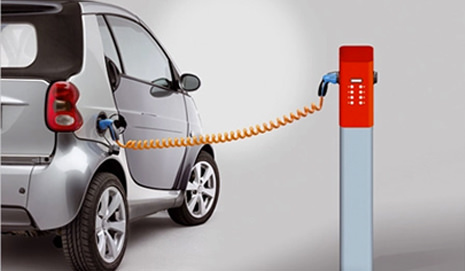Subsectors | Mobility Transition
- Major themes – climate change, pollution, energy security, resource scarcity, urbanisation/development – are driving a multi- decadal transformation of the ~US$4trn global Transport sector …
- … creating significant opportunities for the ‘Mobility Transition’ – electric vehicles, fuel cell vehicles, low emissions technologies, energy efficiency, “smart” transport (incl. autonomous vehicles, car sharing …), biofuels – along the respective value chains
- While not occurring overnight – due to challenges with respect to range, charging infrastructure rollout, cost (batteries) – electrification appears to be marginalising other alternative fuel approaches (fuel cells / hydrogen, biofuel …), at least for the passenger vehicle segment; this trend may extend up the vehicle classes in time
- The US (supply/innovation) and China (supply/demand) are leading the EV race currently, although the European supply chain is beginning to assert itself
- The debate “ICE vs. EV” is heating up, though reflects the EV ramp rate, not the “if”
- The “holy grail” for EVs is to represent (aggregated) the energy storage solution for (intermittent) renewable energy generators (‘vehicle-grid integration’)
- Traction for start-ups in the Mobility Transition sector is challenging given long commercial adoption cycles, complex customer supply chains, entrenched (& innovative) incumbent suppliers
- Relative to other Cleantech sectors, VC/PE investment in the Mobility Transition has remained relatively robust in recent years, although the subsector mix has varied significantly over time

